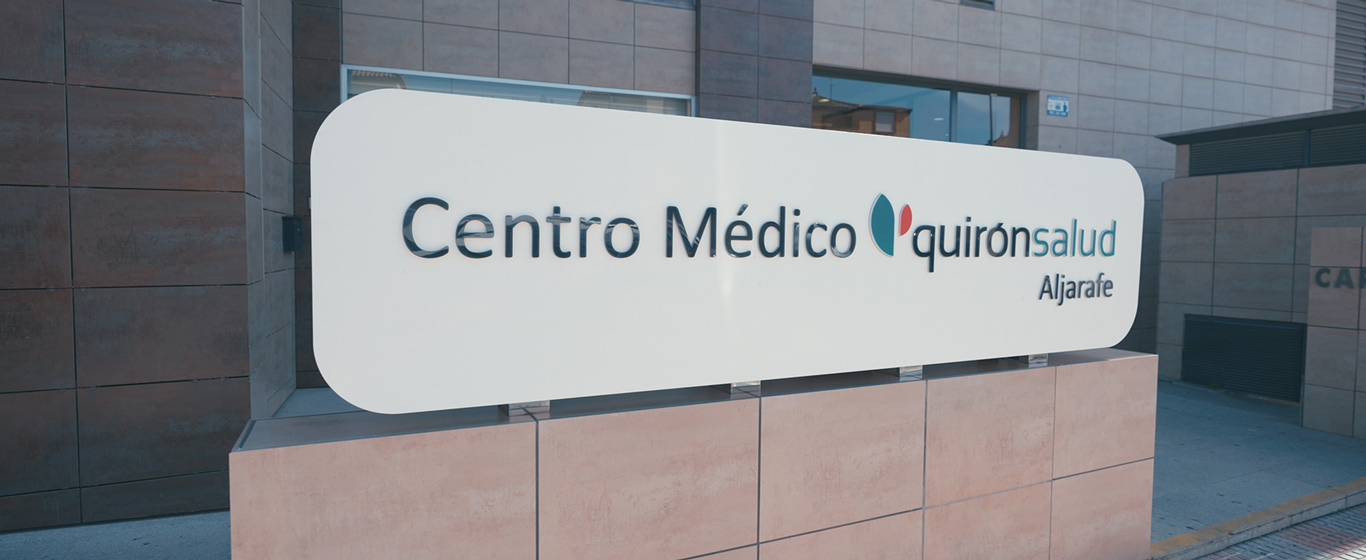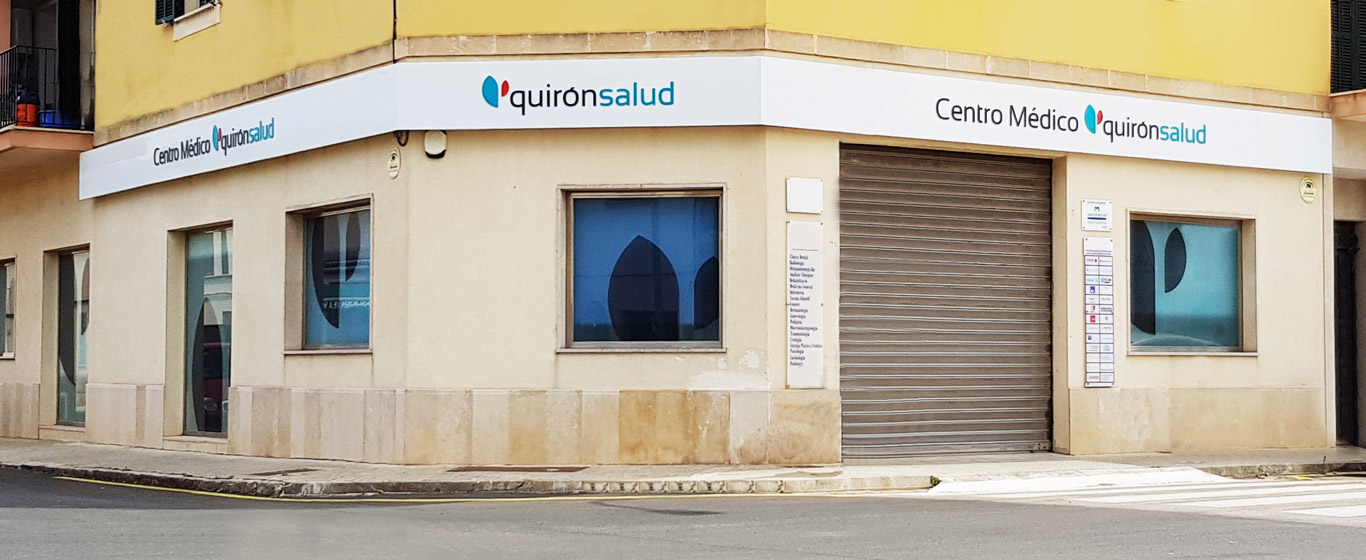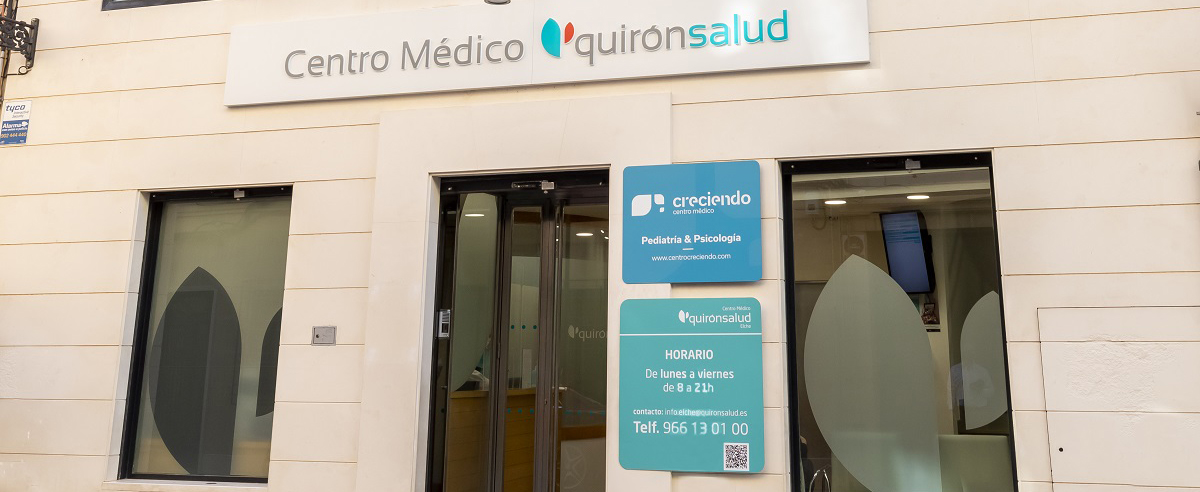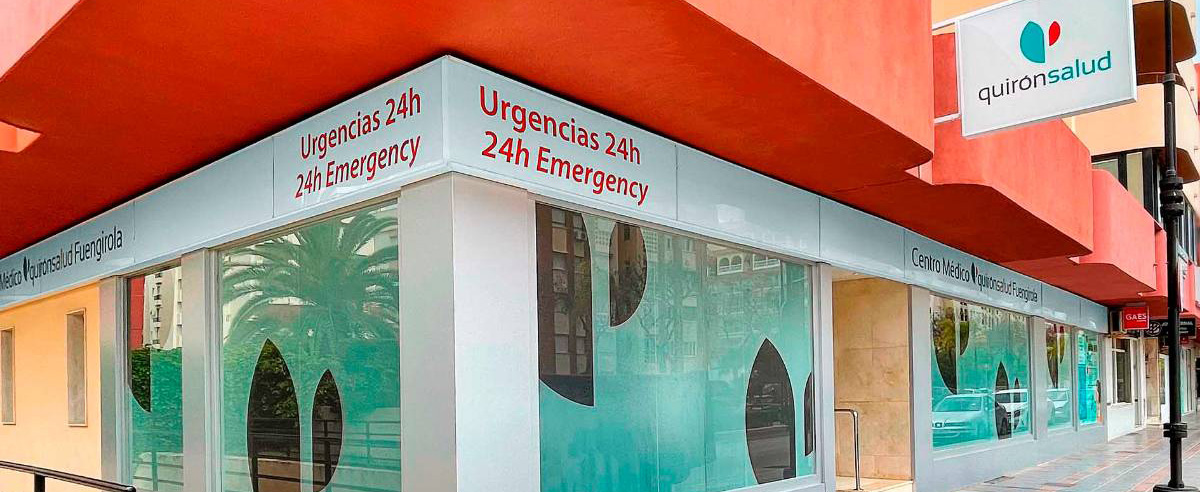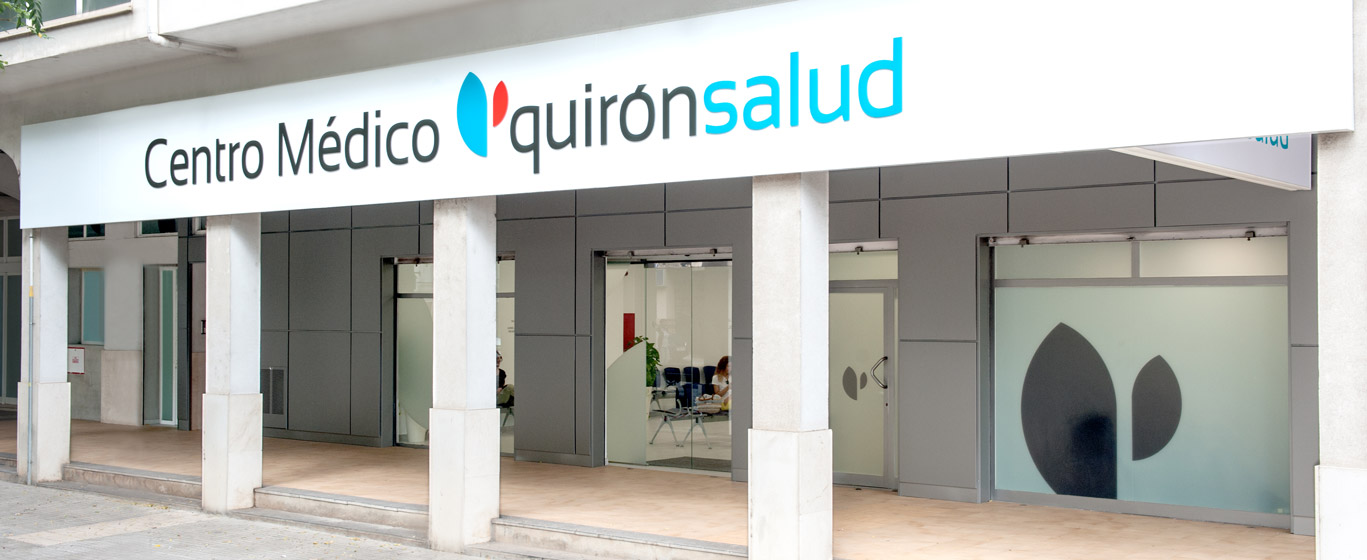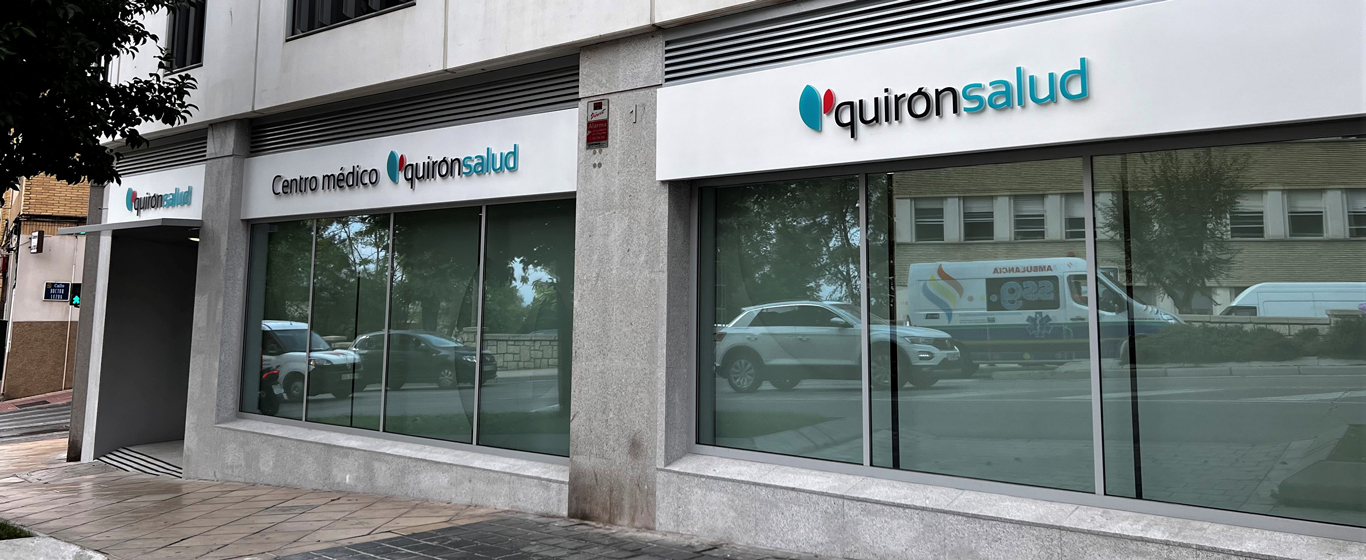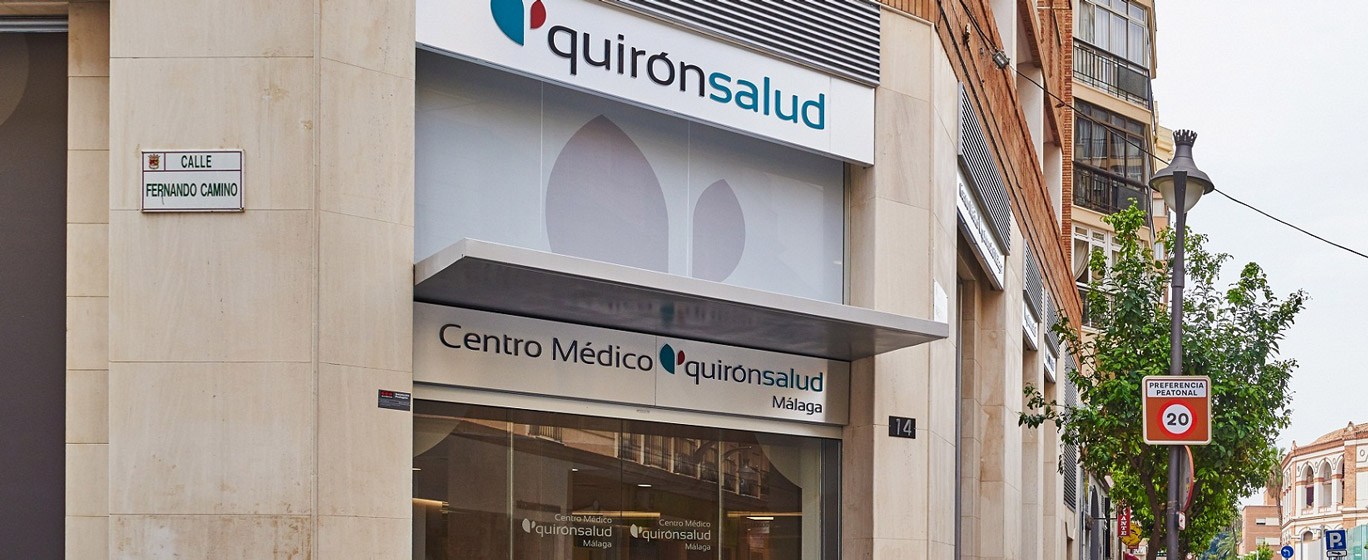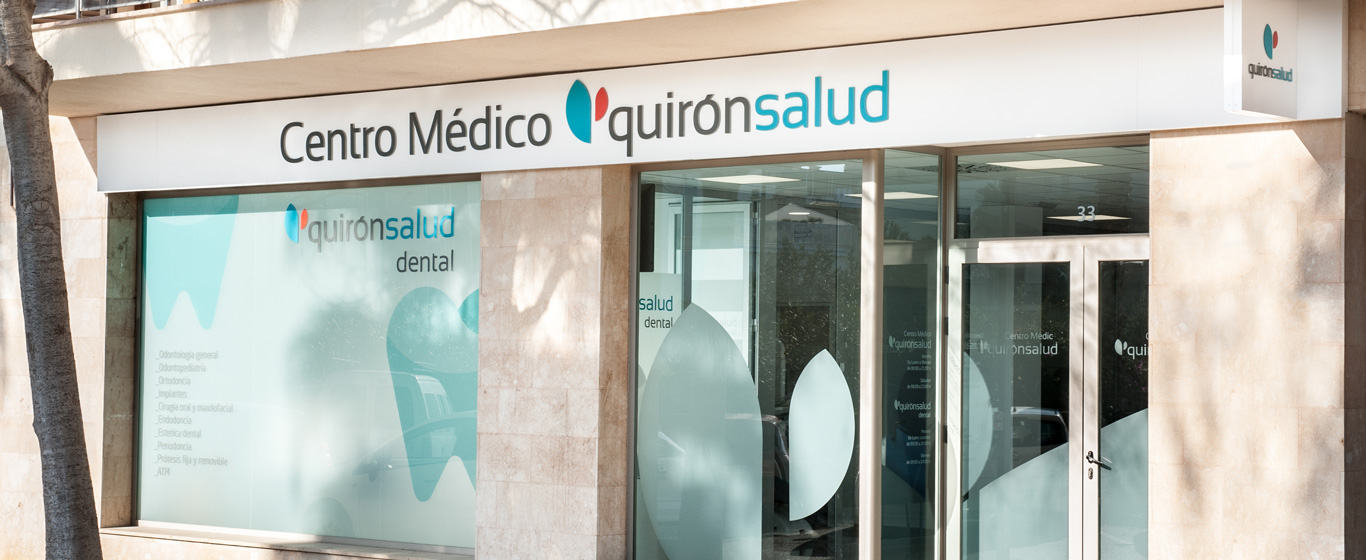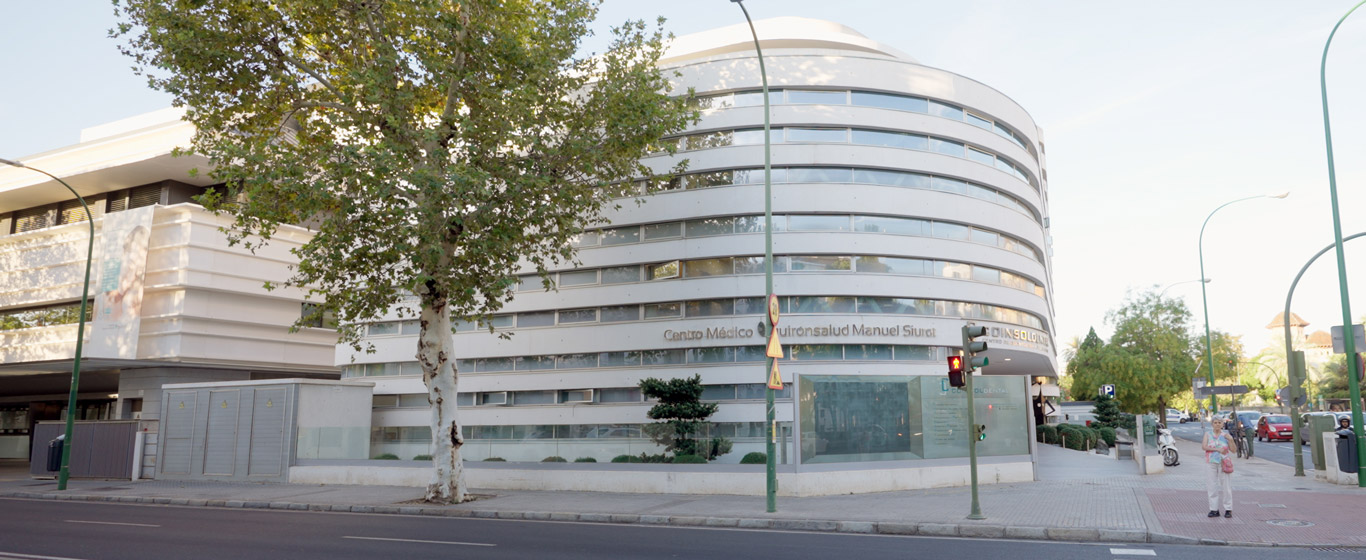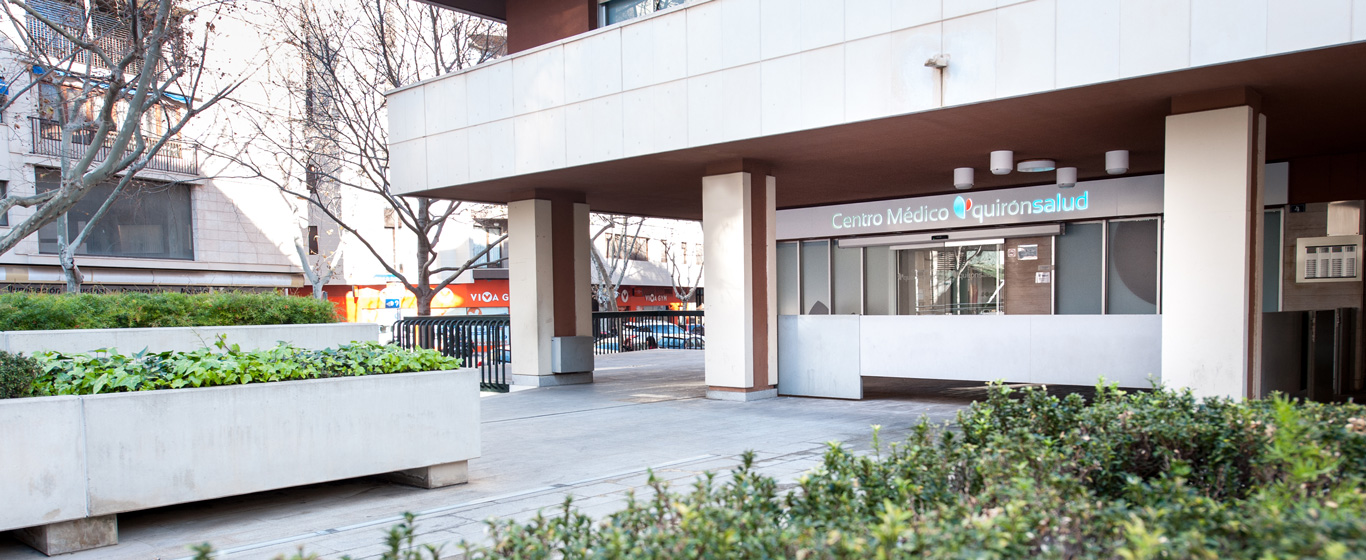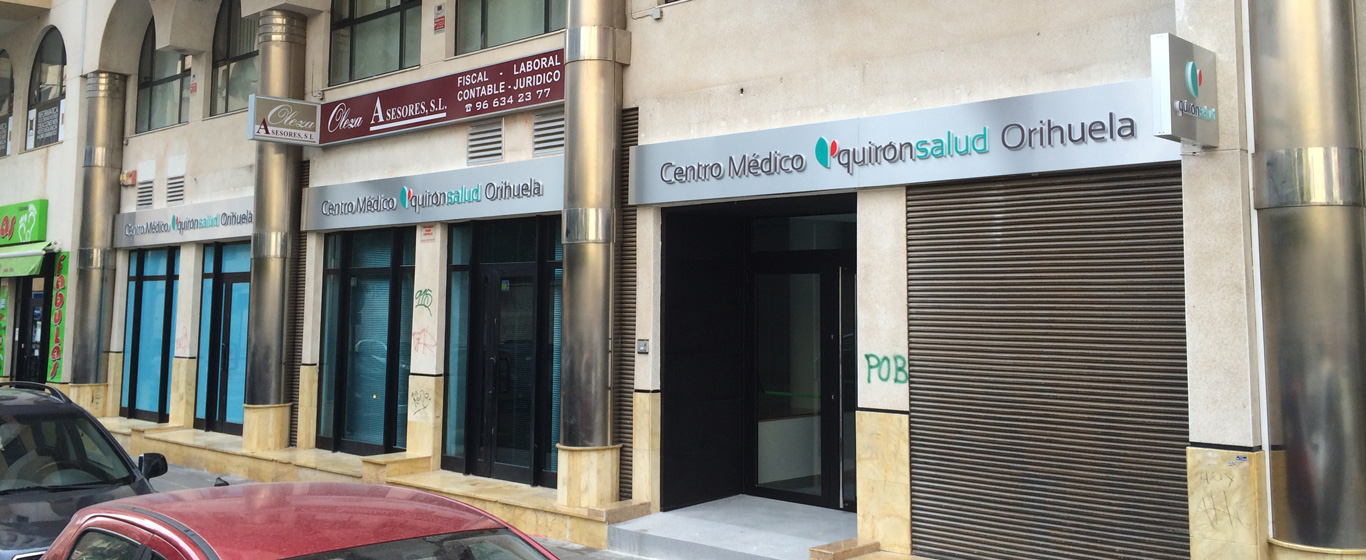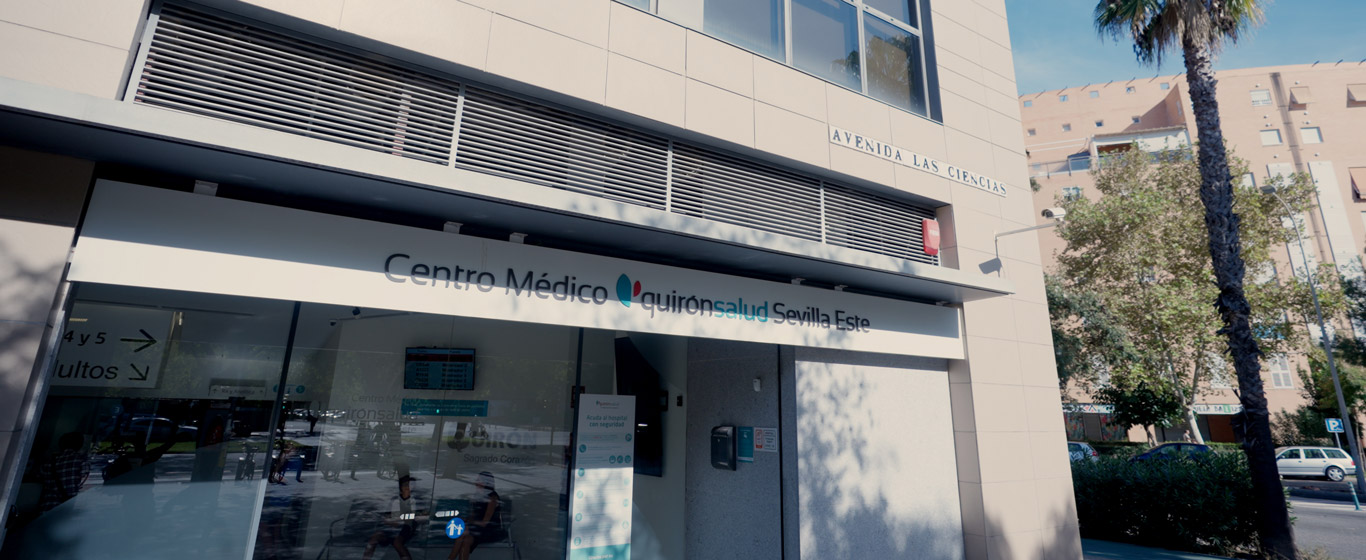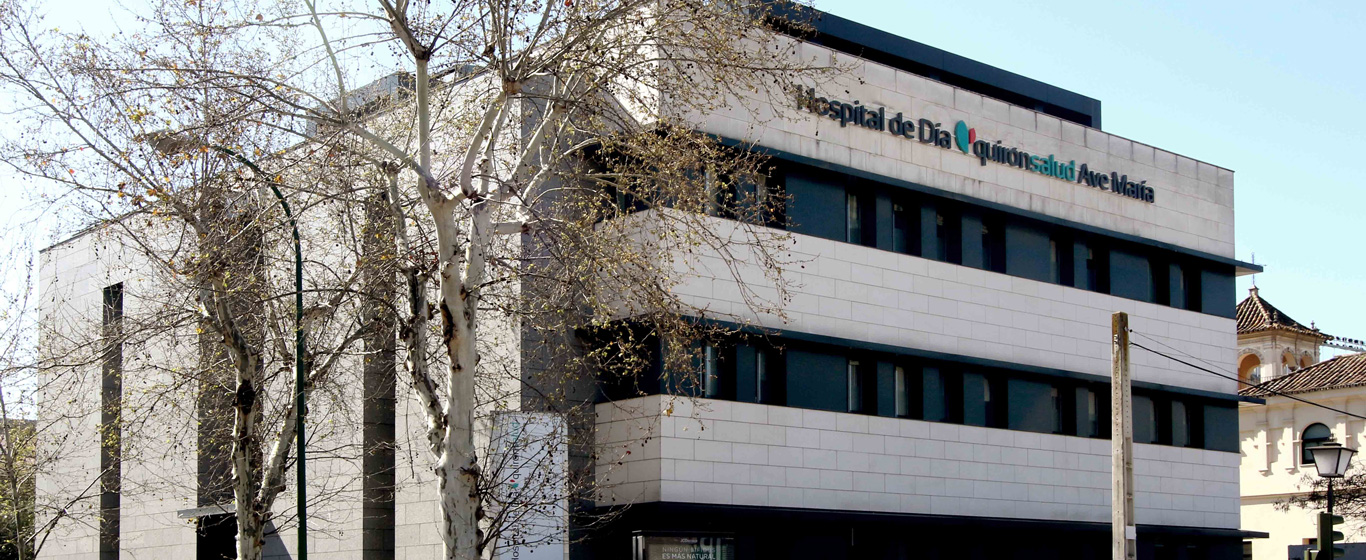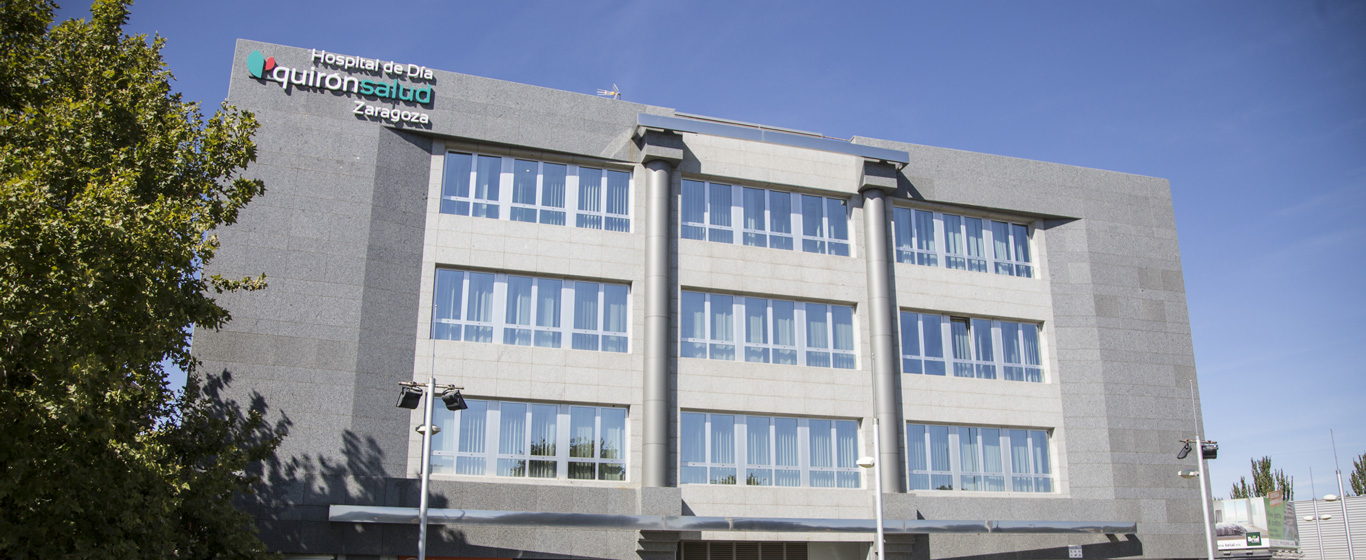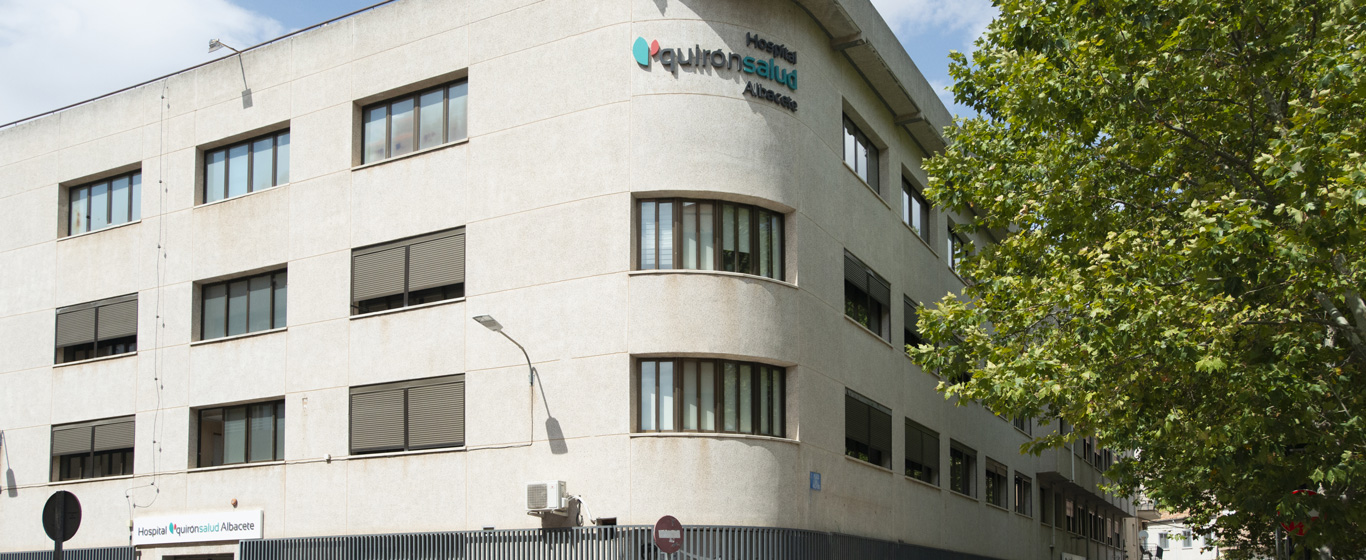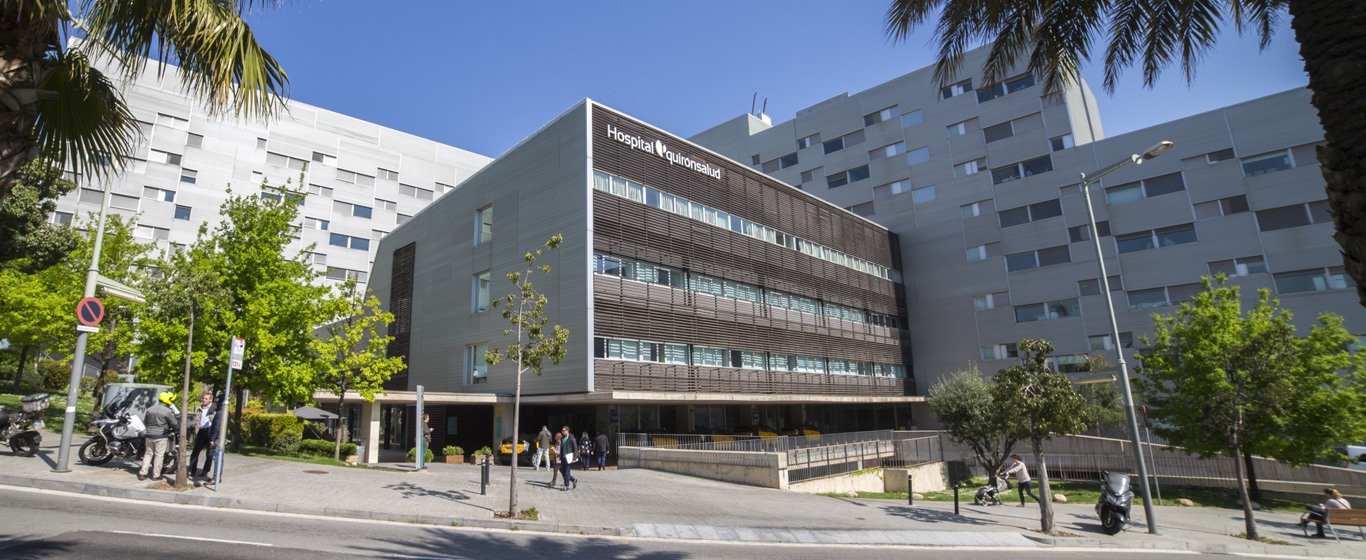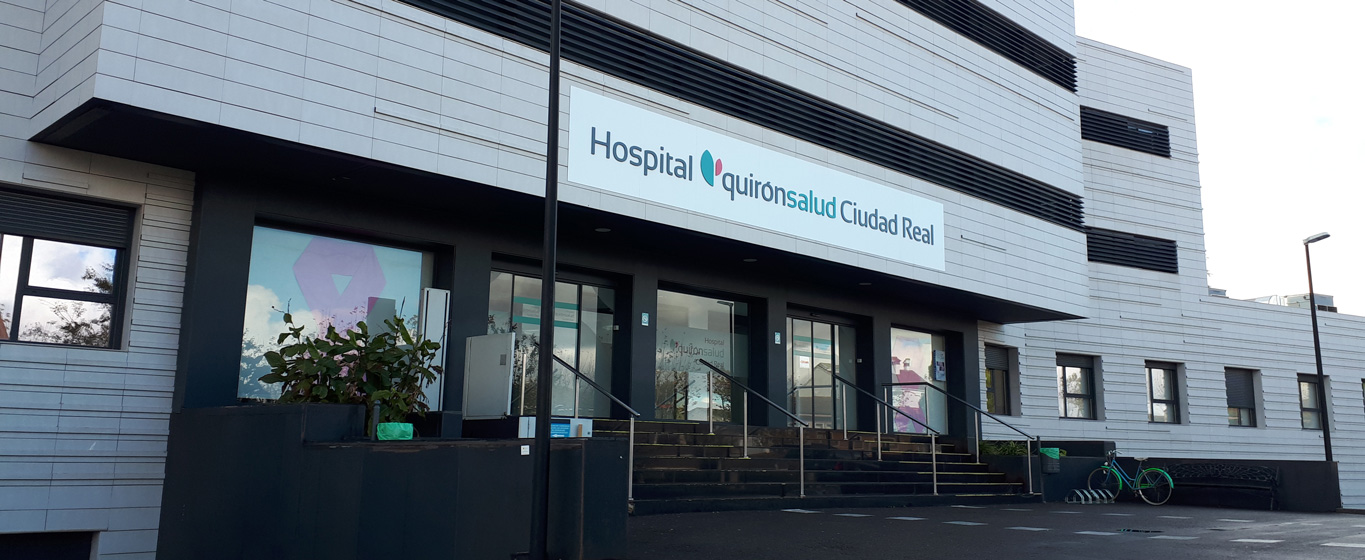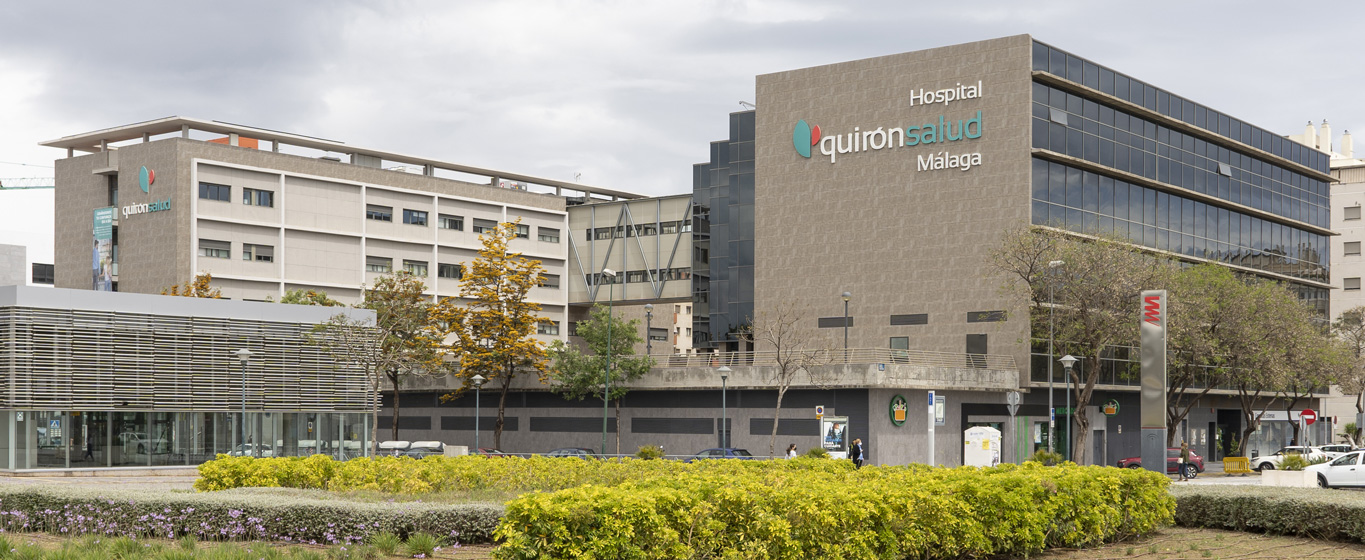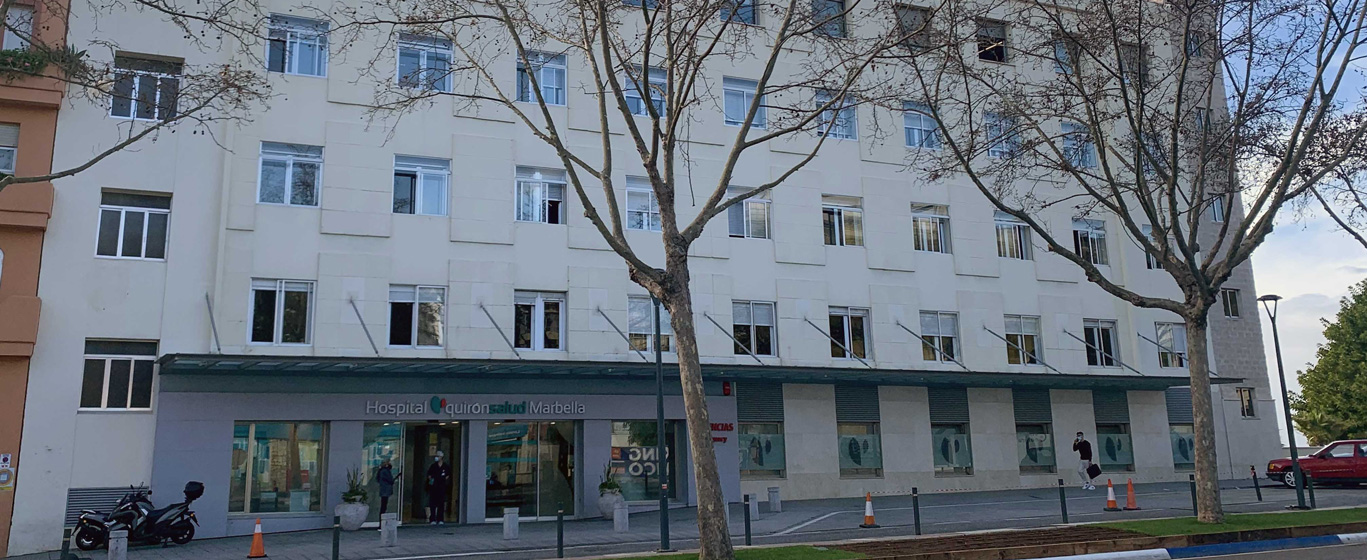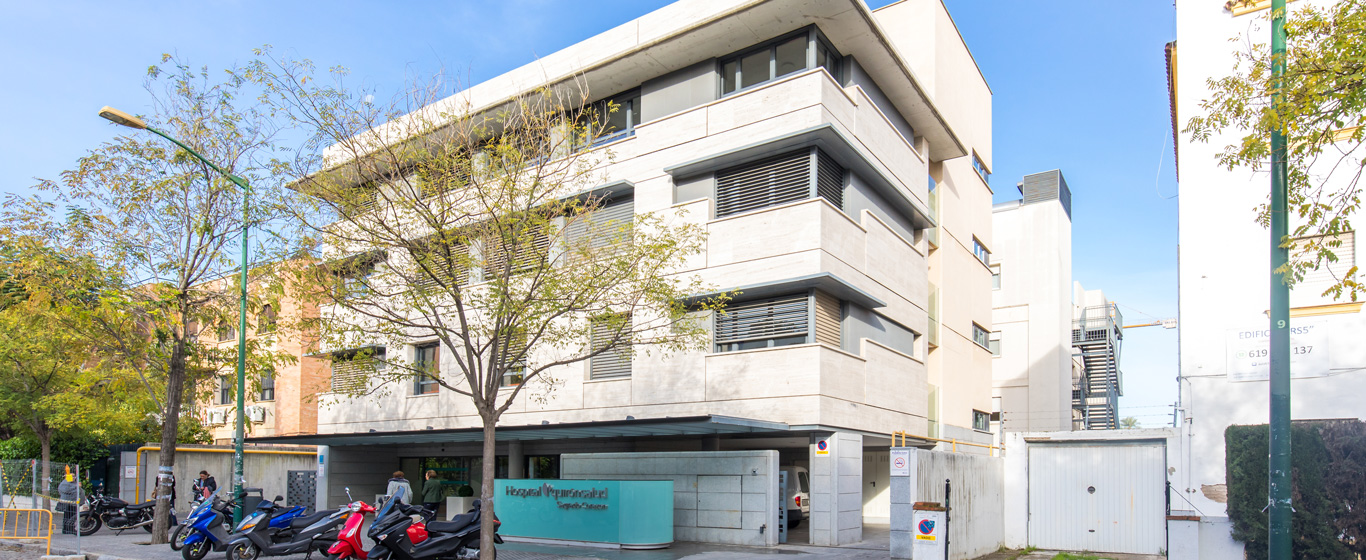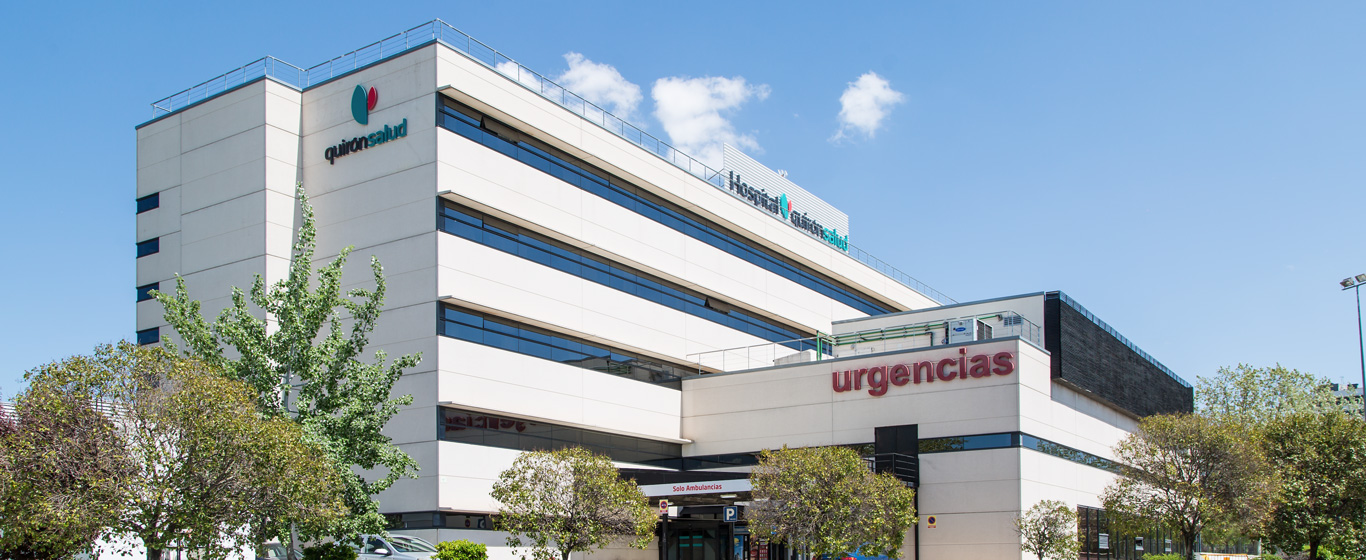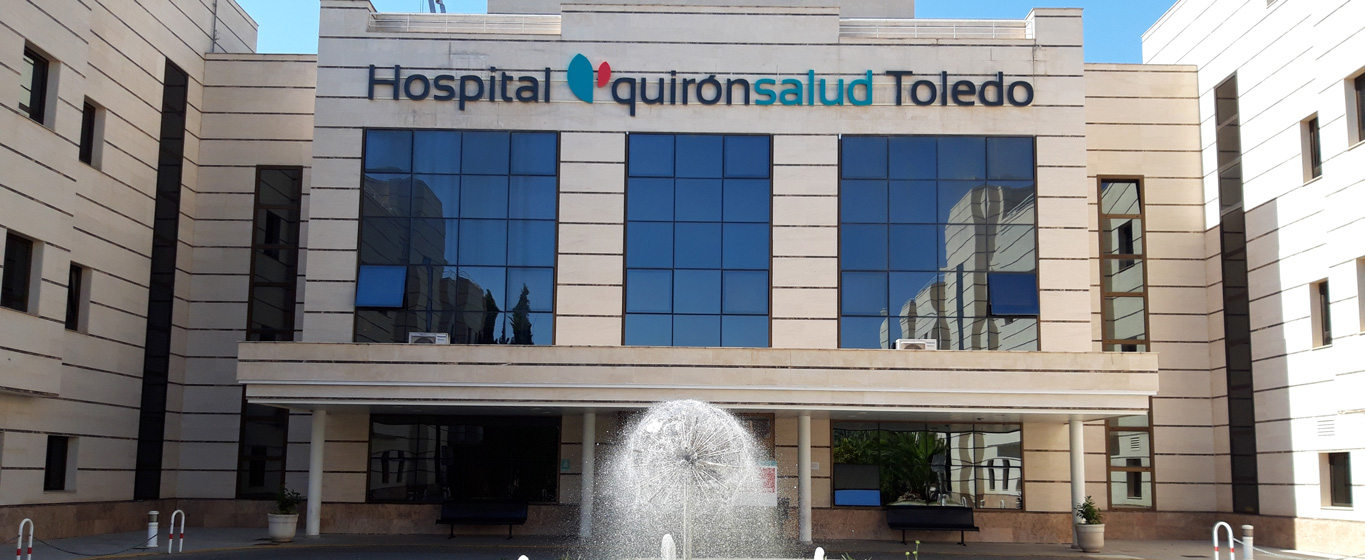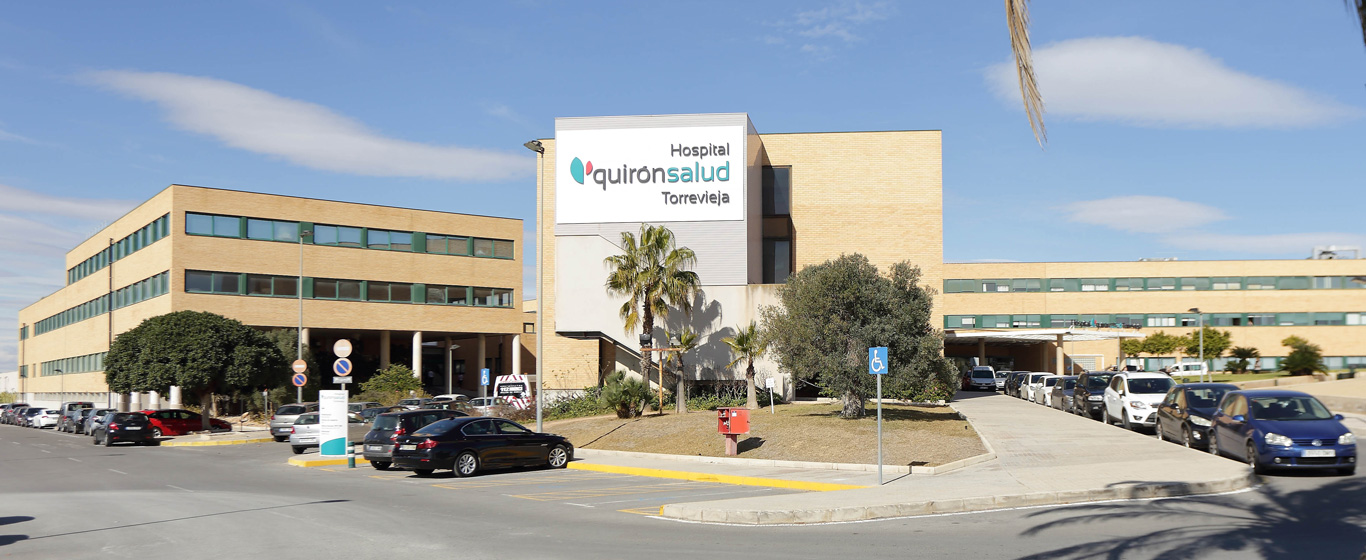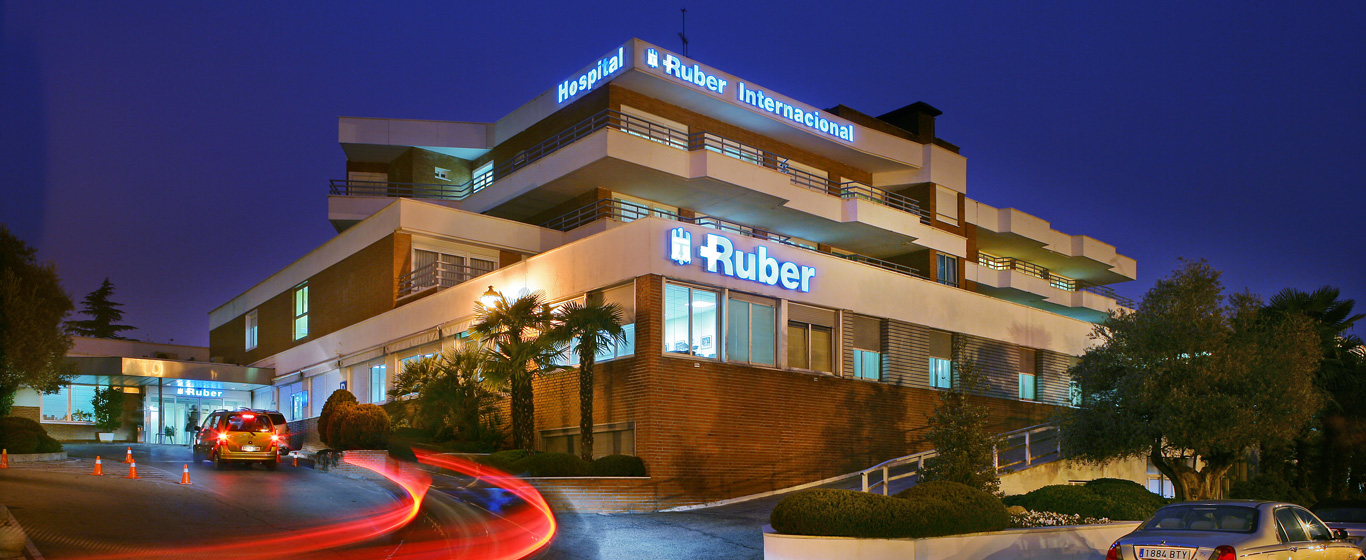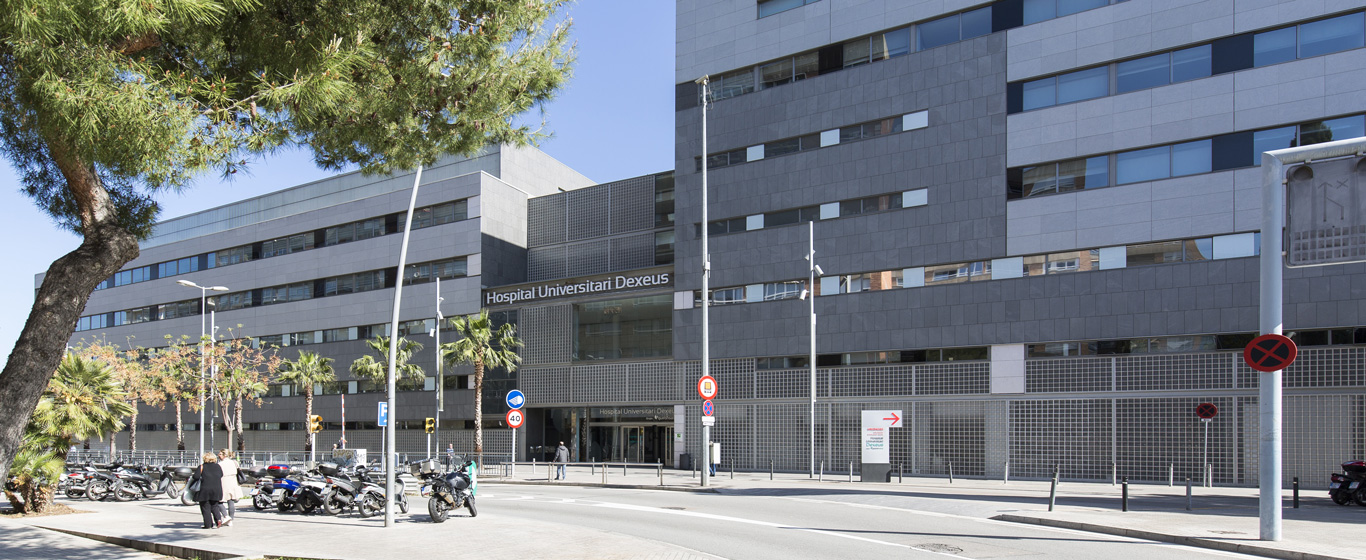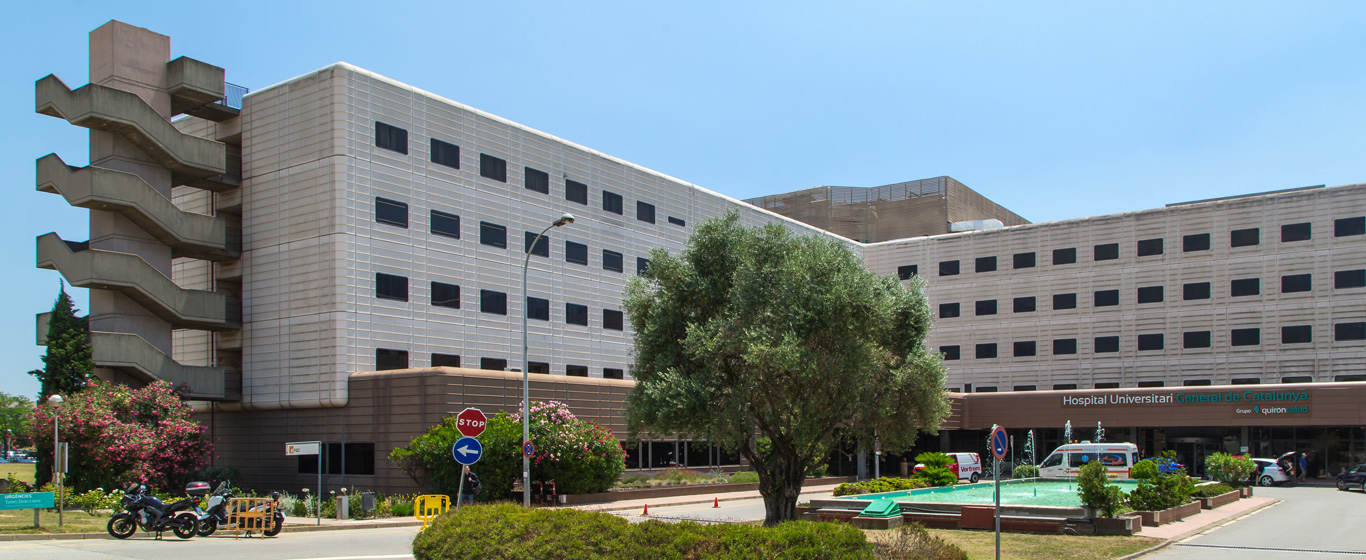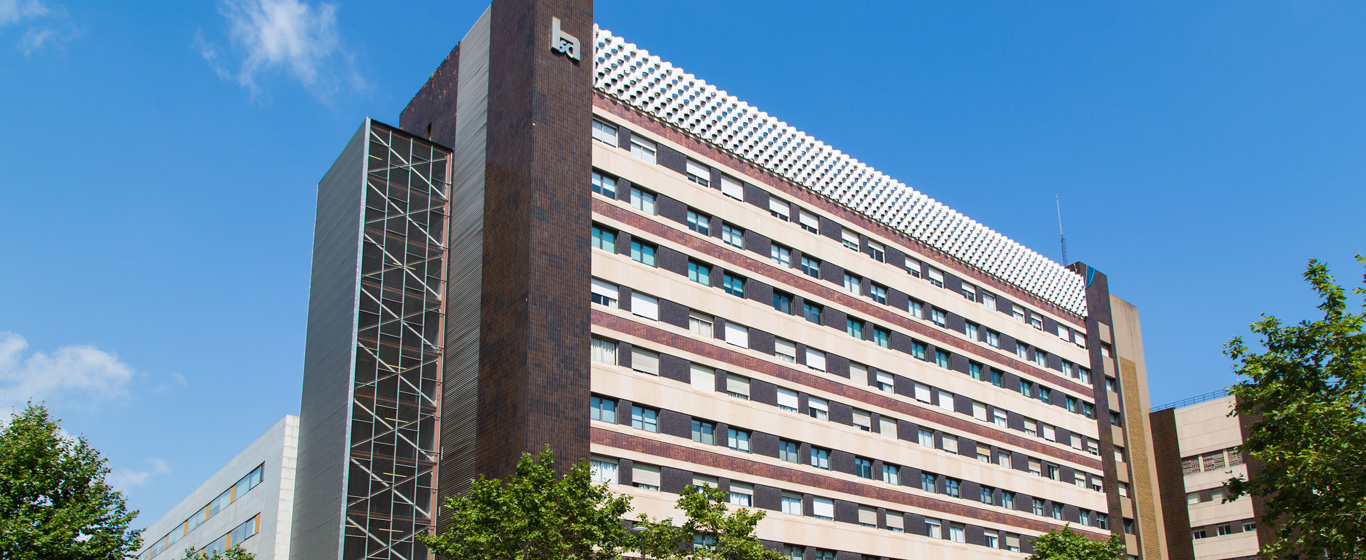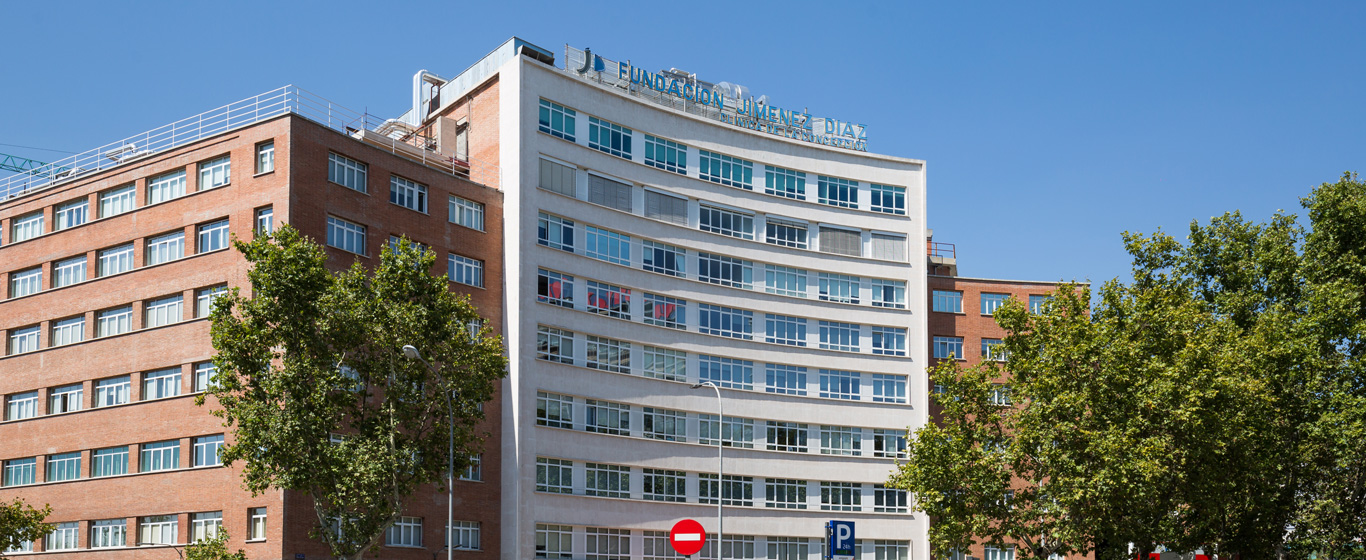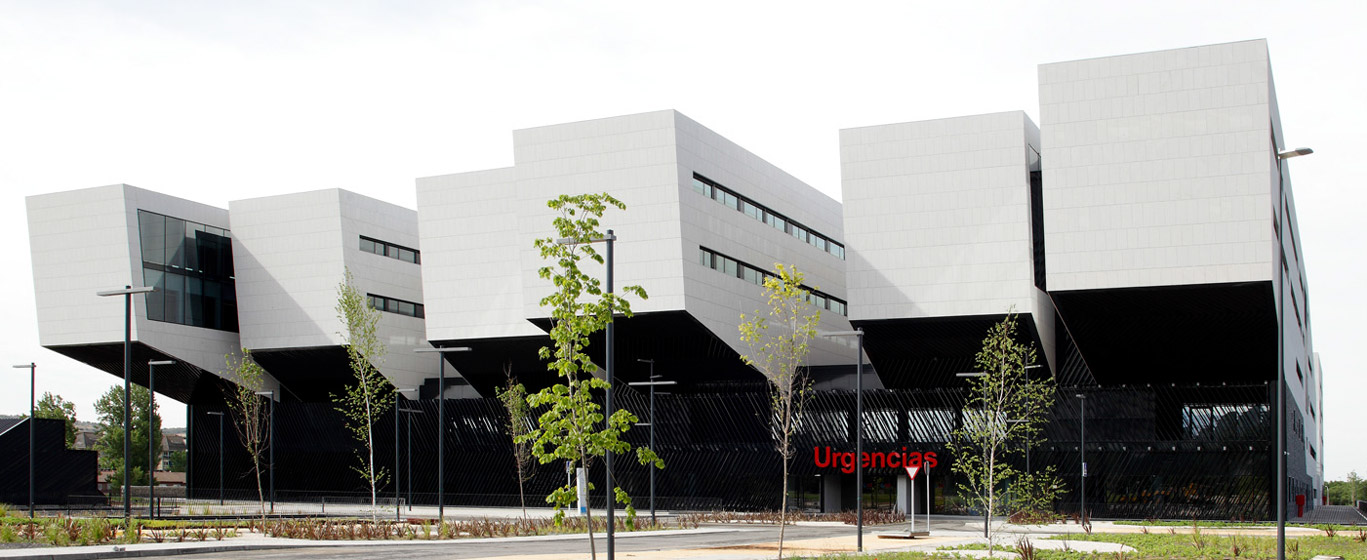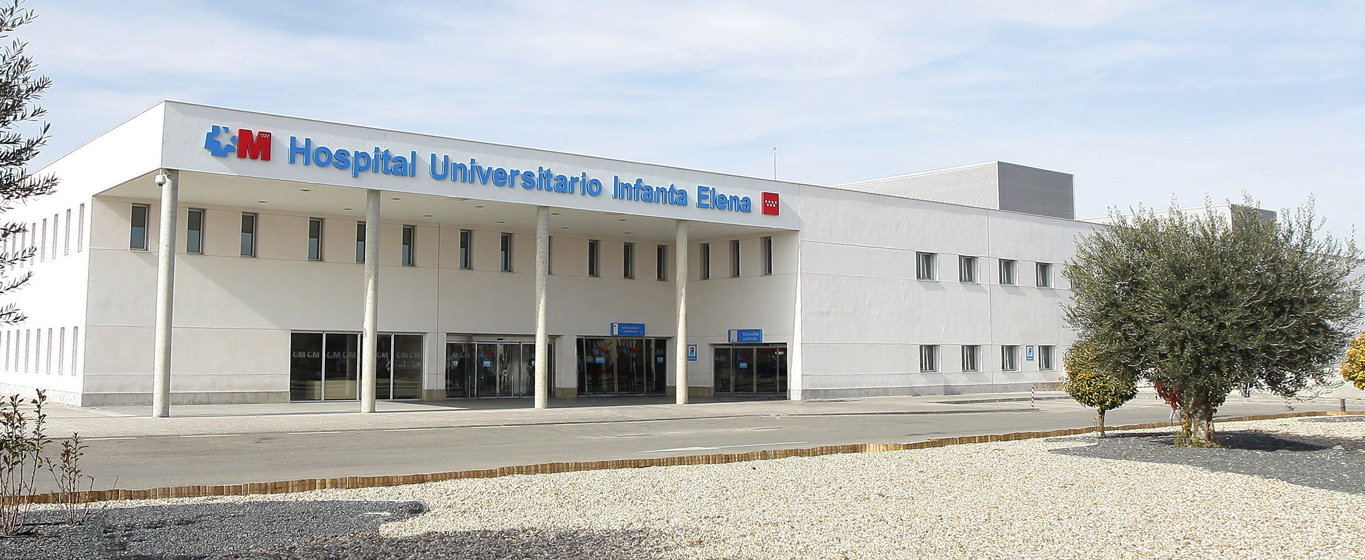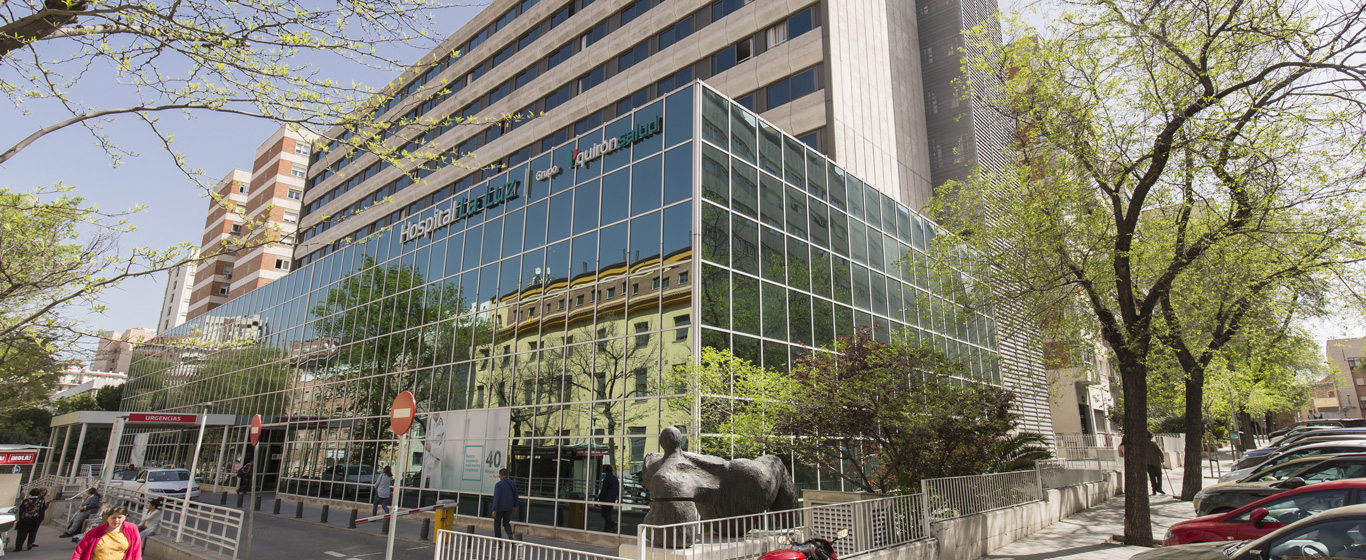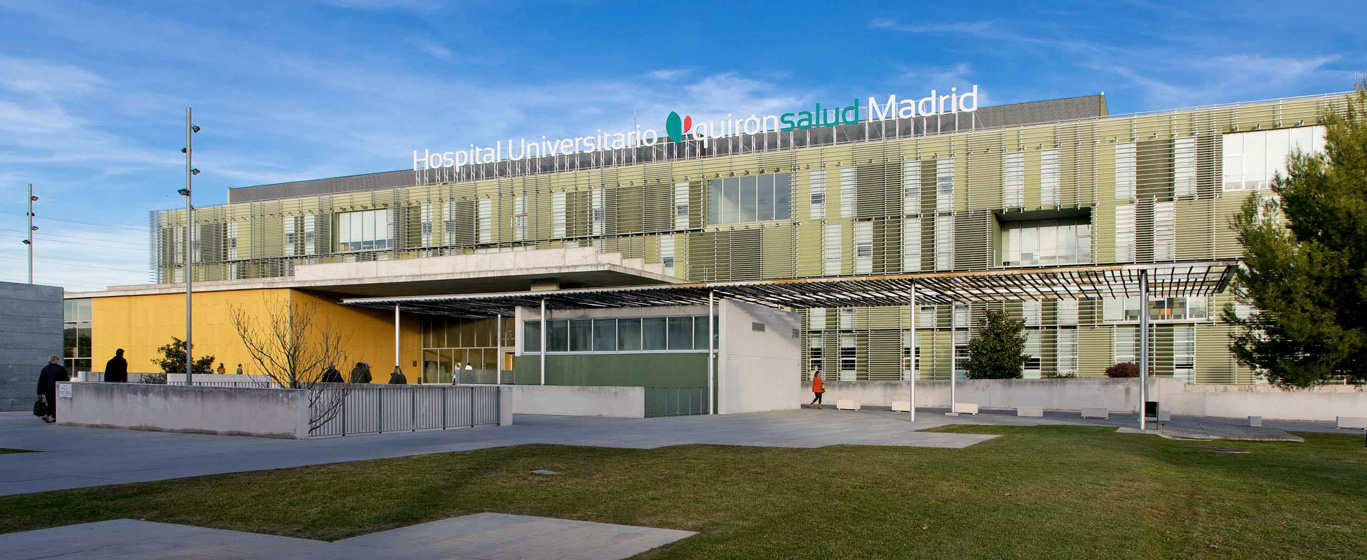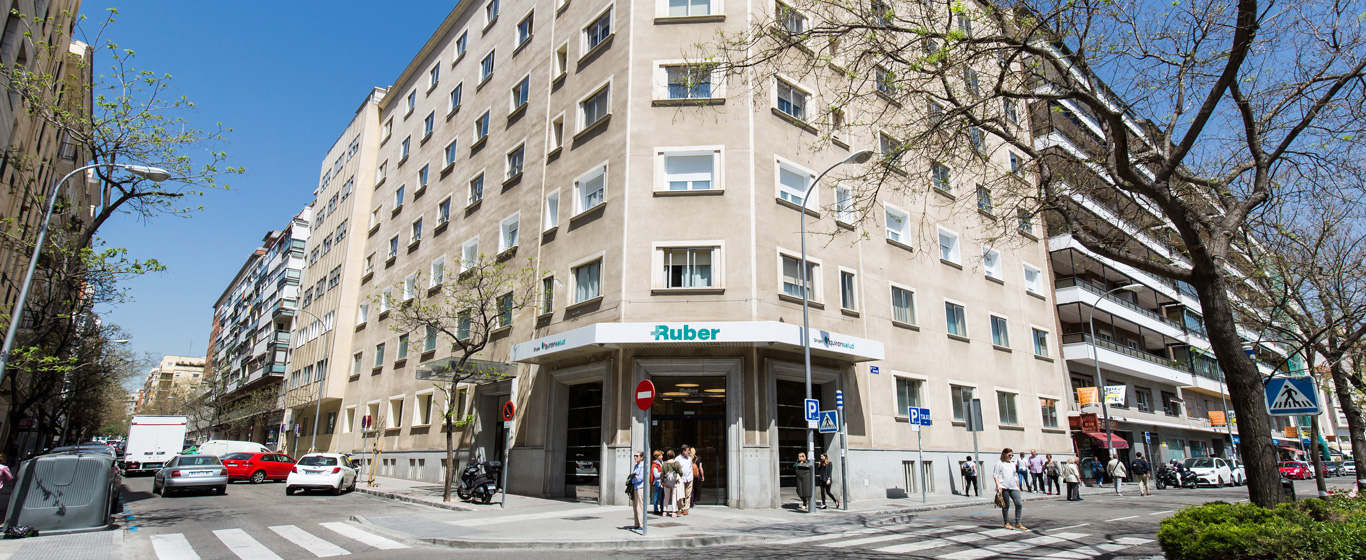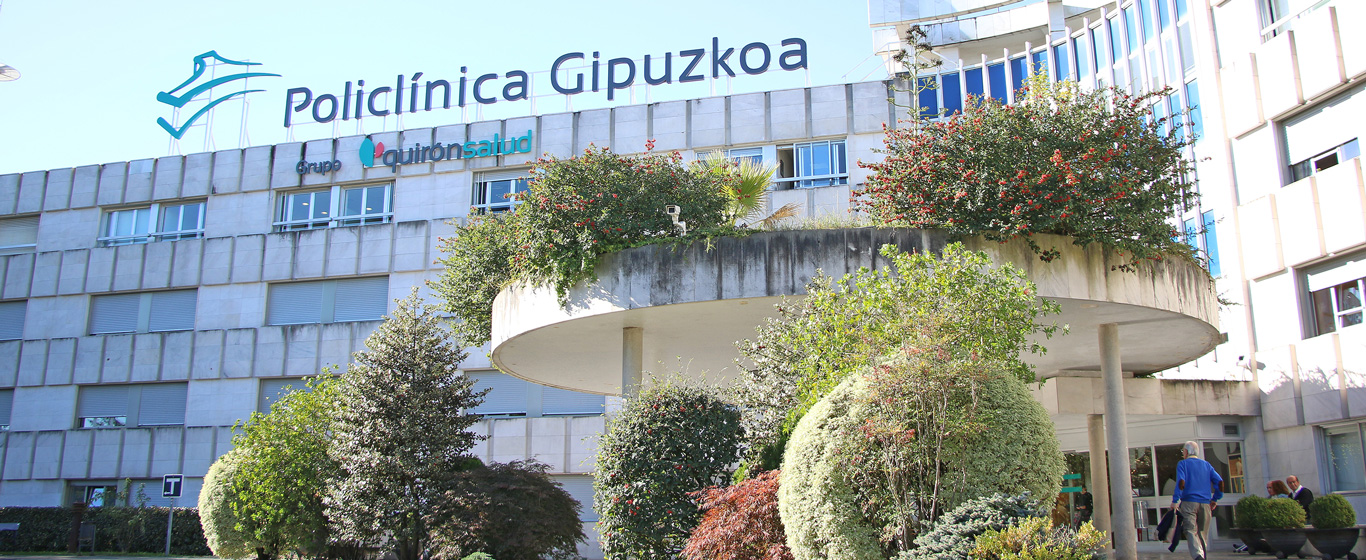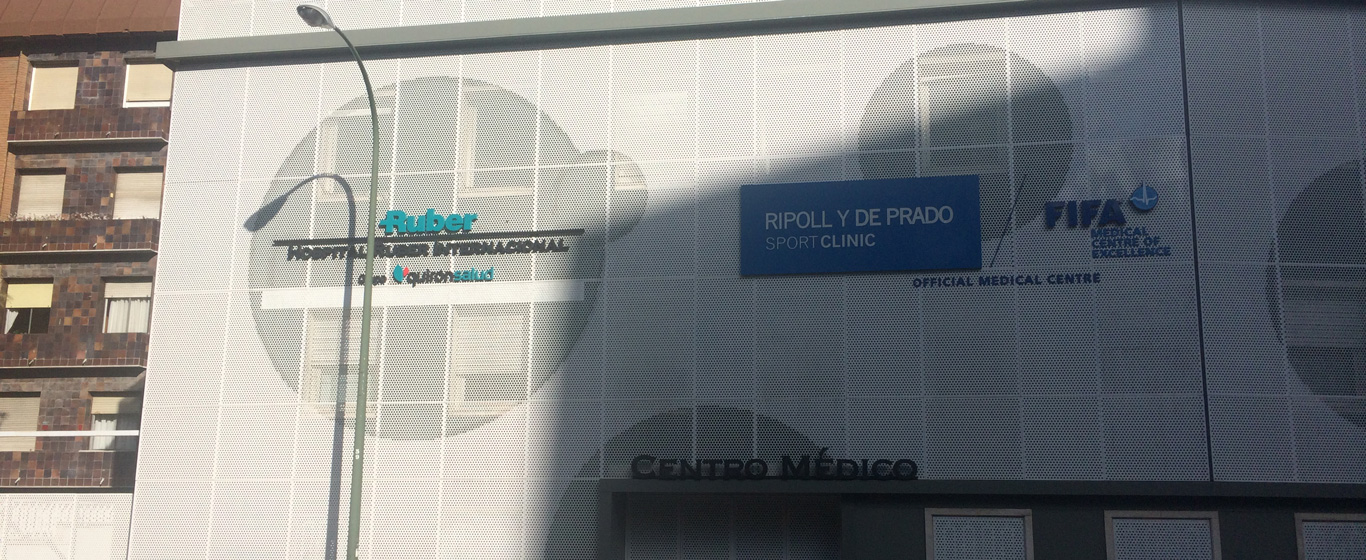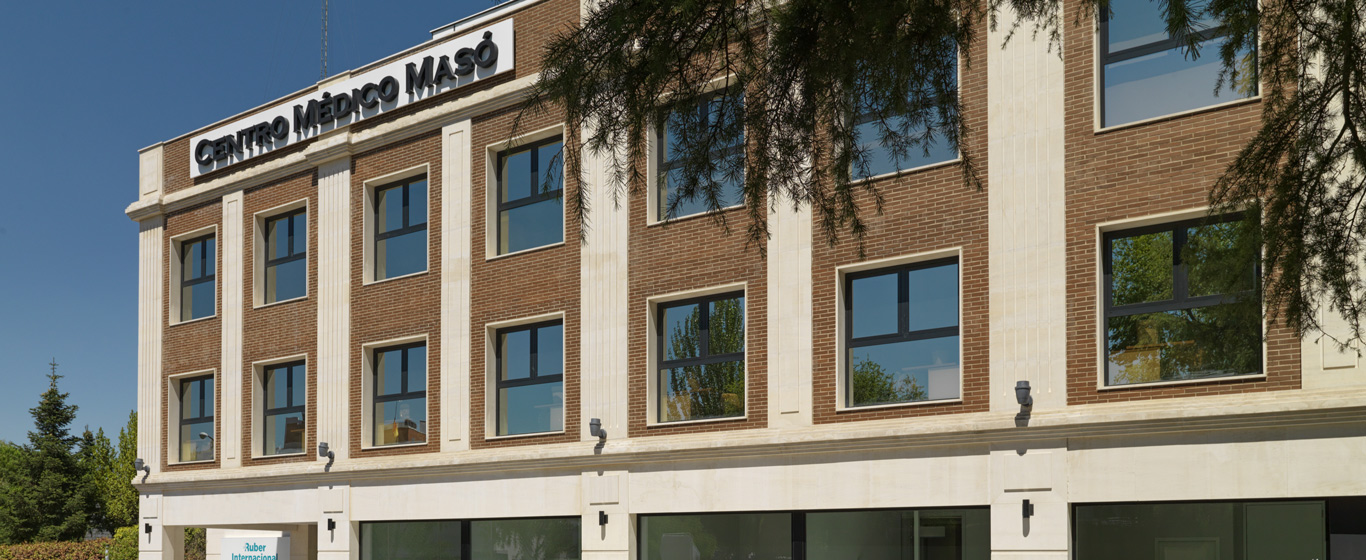Spina Bifida
What is spina bifida? Everything about its causes, symptoms, and treatments to correct and prevent it.
Symptoms and Causes
Spina bifida is a congenital defect that affects the neural tube, the structure that develops into the nervous system as the fetus grows. In most cases, it occurs when the spinal column does not close completely, leaving the spinal cord and nerves exposed and unprotected.
Spina bifida is almost always associated with myelomeningocele because it is the most severe form. However, there are three different types:
- Occult spina bifida: This is the mildest and most common type. Affected individuals have a small gap between some of the vertebrae, and in many cases, they exhibit no symptoms at all.
- Myelomeningocele or open spina bifida: A portion of the spine remains open, and at birth, a sac made up of nerves and spinal cord tissue protrudes through the opening, forming a bulge on the back.
- Meningocele: This form is rare. A sac of cerebrospinal fluid protrudes through the spinal opening, while the spinal cord and nerves remain protected.
If not treated early, spina bifida can lead to intellectual or physical disability due to spinal cord damage.
Symptoms
The symptoms of spina bifida vary from person to person and especially depend on the type of defect and the location of the malformation.
Occult spina bifida may cause no symptoms, but when present, they are usually mild and include:
- Mild back pain
- Numbness or lack of sensation in the legs
- A dimple or skin discoloration over the spine
Signs of meningocele mainly involve disturbances in urinary and digestive system functions.
Myelomeningocele causes more severe symptoms such as:
- Lack of mobility or paralysis of the lower limbs
- Constipation or urinary incontinence
- Cognitive delay
Causes
The exact cause of spina bifida is still unknown. It is believed to result from a combination of factors, including genetic predisposition, family history, vitamin B-9 (folate) deficiency, and other nutritional issues.
Risk Factors
Some women have a higher risk of having a child with spina bifida, especially if they have diabetes, obesity, or experience hyperthermia at the beginning of pregnancy. Additionally, couples with a family history of this defect are more likely to pass it on to their offspring.
Complications
Depending on the severity of the condition, children born with spina bifida may suffer from other complications, such as:
- Scoliosis (abnormal curvature of the spine)
- Meningitis (inflammation of the tissues surrounding the brain and spinal cord)
- Hydrocephalus (accumulation of fluid in the brain)
- Chiari malformation, which causes breathing and swallowing difficulties
- Mobility impairments
Prevention
To prevent spina bifida, it is recommended to take folic acid supplements and follow a nutritious diet starting two to three months before conception.
Which doctor treats spina bifida?
Geneticists are responsible for studying, diagnosing, and implementing preventive measures for spina bifida. When treatment is required, it is carried out by specialists in physical medicine and rehabilitation, as well as neurosurgeons.
Diagnosis
Several tests can be performed during pregnancy to detect spina bifida and enable early treatment. The most common are:
- Second trimester ultrasound: This allows for a detailed observation of the fetus’s organs, including the neural tube.
- Amniocentesis: During pregnancy, the fetus produces alpha-fetoprotein (AFP). High levels of AFP in the amniotic fluid may indicate the presence of spina bifida.
- Maternal serum alpha-fetoprotein test (MSAFP): This test is not conclusive, but if AFP is detected in the mother's blood, additional tests are recommended to confirm a spina bifida diagnosis.
Treatment
Spina bifida treatments focus on correcting the condition before birth or managing the complications in individuals born with the defect:
- Fetal surgery: This procedure covers the spinal cord and reduces complications associated with spina bifida, though it does not eliminate them entirely. It typically helps prevent mobility loss or hydrocephalus. Not all cases are eligible for this procedure.
- Neonatal surgery: In this approach, the spinal opening is closed within the baby’s first 72 hours of life. Like fetal surgery, it helps reduce many of the associated complications.
- Mobility aids and physical therapy: These help improve movement and overall health in patients.
- Medication or surgery in severe cases: Used to treat bladder or bowel problems and hydrocephalus.





